June 19, 2015
For two years, we’ve been talking about the power of connections in the lives of children. (#kidsneedconnections) When children have healthy relationships with positive adults in their lives, their resiliency grows and our ability to prevent abuse does too.
 But what if we also focused on the connection between adults and organizations, and the impact that could have on keeping children safe?
But what if we also focused on the connection between adults and organizations, and the impact that could have on keeping children safe?
Human services organizations are on the front lines with families every day, often when they have already met with trauma and challenge in their own lives. Faith groups also interact with children regularly, and are in a unique position to serve as a trusted source of support and information for families. What if these two groups could connect in stronger, more empowering ways? What could it mean for children?
Earlier this month, we worked with George Mason University to host Mobilizing Connections to Strengthen Families: A dialogue between faith communities and human services. Fifty participants joined us at the Unitarian Universalist Church in Arlington to build connections and to address the issues surrounding child abuse and family violence.
“Without connectivity between faith groups and social services, you can throw resources at the problem but they won’t be received,” said featured speaker Dr. Joseph Henderson, Bishop and Senior Pastor at Kingdom Family Worship Center in Fredericksburg, Va. “When you bring faith groups and human services together, they both become stronger.”
Dr. Henderson is also Chairman of the Advisory Committee for the Virginia Faith Based and Community Initiative of Virginia’s Department of Social Services. He sees the potential for faith communities and agencies to connect in new ways that could change the lives of children.
“We must recognize the value that each brings to the table. Government can’t do what faith communities can do. And vice versa,” said Dr. Henderson. His sentiments were echoed by Doug Brown, acting director of Child Protective Services for the City of Alexandria, another featured speaker at the event. In addition to his role in human services, Brown is an active member of his own faith congregation. He challenged guests from both human services and faith groups to consider the common desires to keep kids safe.
“Common beliefs exist between faith communities and human services agencies – now we must mobilize connections to make a difference,” noted Brown. “We must understand how to connect with each other and break down barriers in order to make a difference for children.”
As a first step, participants worked in small groups for more personal, intimate discussions about what it takes to build meaningful connections and what the barriers are to making it work. Groups came up with excellent lists:
What makes faith community and human service partnerships work?
- Creating and maintaining a shared base of knowledge
- Establishing a foundation of mutual trust
- Commitment to shared goals and values
- Dedication to communication and collaboration
- Strategic, unified, and well-organized approach
- Committed leadership in all collaborating groups
- Creating structures to facilitate communication among groups
- Relationships based in respect – approached with open minds and genuine listening
- Face-to-face time, such as sharing food or shadowing
- Understanding one’s own capacity to help client or sent them to a known resource – and then following up
- Capitalizing on areas where the two communities intersect
What are obstacles that faith communities and human services face in partnerships?
- Lack of mutual understanding and trust
- Difference in values, or perception thereof
- Failure to address issues, or one’s own role in the solution
- Regulations regarding the separation of church and state
- Competition for scarce resources/capital
- Lack of sharing between communities
- Misinformation or lack of information leading to fear, which creates “us vs. them” dichotomy
- Discrepancies between individual opinions, experiences, traditions
- Church hierarchy
So if we know what the obstacles are, we need to do something to overcome them. And if we know what makes partnerships work, we need to make sure those ideas are at work. Do any of these resonate with you? Will you stand up for child abuse prevention and seek out the support of the faith communities in your area?
We cannot do this work alone. And we all believe in keeping children safe. Let’s start here.
